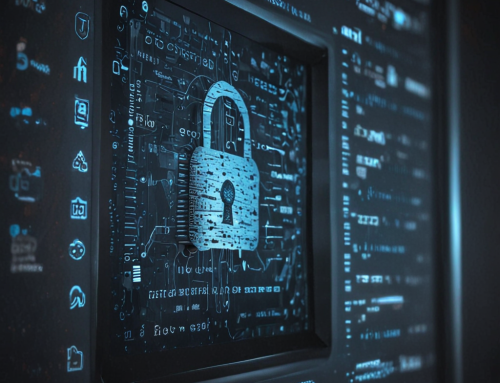In the digital age, elections represent the pinnacle of democracy, a moment that encapsulates our fundamental right to express choice. Yet, for all its significance, there exists a disturbing vulnerability that could undermine the very foundation of democratic elections – open USB ports in electronic voting systems.
It is these seemingly innocuous ports that could serve as gateways for catastrophic cybersecurity breaches, casting a shadow over the electoral process and the public’s trust. With a presidential election not far aware, the time to act is now.
The USB Dilemma
The simplicity and ubiquity of Universal Serial Bus (USB) technology have empowered us with easy connectivity and data exchange. However, in the context of election technology, USB’s convenience belies its potential for misuse. A single USB port, if left unsecured, represents an entry point for a rogue actor to introduce malicious software.
These ports are not abstract points of vulnerability; they are tangible, commonplace features of the very machines that record and count our votes. In the absence of stringent security measures, they can provide a pathway to influence election results, manipulate voter data, or even shut down the entire electoral process.
An Oft-Overlooked Threat
It’s easy to take USB security for granted or to assume that the threat is overstated – until it’s not. Unlike other cybersecurity vectors, USB-based threats often fly under the radar, acknowledging no firewalls and bypassing complex digital security measures. The simplicity of their implementation only exacerbates their danger.
What’s more alarming is the realization that, despite the digital age, a staggering number of election precincts still rely on technology that incorporates these unprotected ports. The potential for foreign interference, domestic malfeasance, or even individual acts of disinformation are thus not mere hypotheticals but plausible risks that demand immediate attention.
Understanding the Attack Vector
The concept is deceptively simple: a bad actor needs only to insert a USB flash drive containing malware into an unguarded port to compromise an election computer. The malware could then spread, altering votes, or transmitting sensitive information to unauthorized parties. The vote-counting software, the voter registration database, or the latest election results – everything becomes fair game.
The insidiousness of this vector lies in its subtlety; a nefarious load can be a matter of seconds. The effort required is minimal, yet the disruption it could cause is monumental. In essence, it is a stealth weapon for the digital battlefield, one that can be wielded by those who wish to subvert the democratic process with near impunity.
Strategies for Defense
Recognizing the severity of our exposure, the immediate question becomes how to counteract this threat. Fortunately, solutions – though not foolproof – do exist. USB port locks, which physically prevent the insertion or removal of USB devices, are a first line of defense. Additionally, comprehensive cybersecurity protocols can detect and neutralize any unauthorized USB activity.
Another promising approach is to adopt a strategy of “air-gapping” critical systems – keeping them isolated from any network, including the Internet, in which USB-based attacks thrive. Regular security audits and updates are also paramount, ensuring that any potential vulnerabilities are promptly discovered and mitigated.
The Role of Policy and Culture
For these defensive measures to be effective, they require more than mere technological implementation. They must be ingrained in the policies that govern election procedures and the culture of vigilance within electoral bodies. Direction at the highest levels of government is needed to champion and enforce these imperatives.
Furthermore, public awareness and engagement play a pivotal role. Individual election workers must be trained to recognize the threat posed by open USB ports and the proper use of secure digital practices. The onus is not solely on the engineers and technologists but also on every stakeholder invested in the sanctity of elections.
A Call to Action
We stand at a critical juncture, where the integrity of our electoral systems is linked to our ability to adapt and secure them against emerging cyber threats. The onus is on us – technologists, policymakers, and citizens – to act decisively. Comprehensive approaches must be orchestrated, combining education, technology, and ongoing evaluation into a formidable defense against USB-based vulnerabilities.
Strengthening our defenses is not merely a technical challenge, but a fundamental civic one. In confronting the USB dilemma, we are tasked with protecting the very essence of democracy. Failing to do so would not only jeopardize individual election outcomes but erode the public’s trust in the entire democratic process.
The Promise of Our Democracy
The right to vote represents the ultimate power in a democratic society. It is the collective voice of the people, a tangible expression of choice and a means to affect change. Our electoral infrastructure, laden with USB ports, holds the solemn responsibility of translating those intangible desires into indisputable results.
For the promise of our democracy to ring true, the sanctity of our elections must be unassailable. Addressing the USB security gap is not an elective pursuit but a necessity – one that commands our immediate and sustained attention. In taking these proactive steps, we fortify not only the hardware of our electoral technology, but also the very essence of the democratic process itself.










